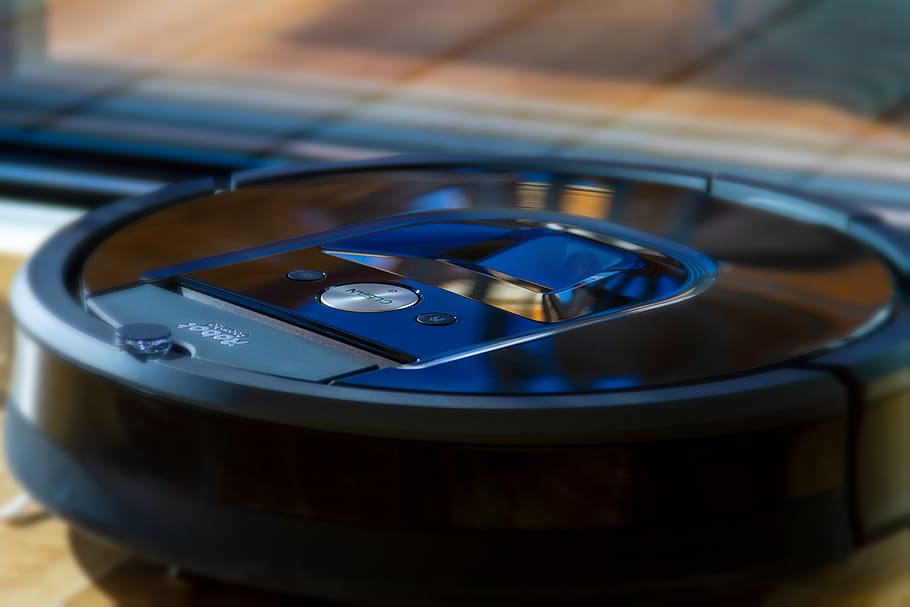
FAQ About Robot Vacuum Cleaner

How does a robot vacuum cleaner avoid obstacles?
A robot vacuum cleaner can avoid obstacles in several ways, depending on the device's sensors and software. Some of the most common obstacle-avoidance methods used by robot vacuum cleaners include:
Bump sensors: Some robot vacuum cleaners use bump sensors to detect when they have collided with an obstacle. When the robot hits an obstacle, the bump sensor triggers the device to back up and try a different path.
Infrared sensors: Some robot vacuum cleaners use infrared sensors to detect obstacles in their path. These sensors send out a beam of infrared light, and if the beam is interrupted by an object, the device will stop or change course.
Cliff sensors: Many robot vacuum cleaners are equipped with cliff sensors, which use infrared or acoustic sensors to detect edges and drops, such as stairs or ledges. When the robot detects a drop, it will stop or turn around to avoid falling.
Camera sensors: Some robot vacuum cleaners use cameras to detect obstacles and map out the room. These cameras can detect objects and navigate around them, providing more accurate obstacle avoidance.
Laser sensors: Some high-end robot vacuum cleaners use laser sensors, also known as LIDAR, to create a detailed map of the room and detect obstacles. The laser sensors can detect obstacles and map out the room in 3D, allowing the robot to navigate more efficiently.
